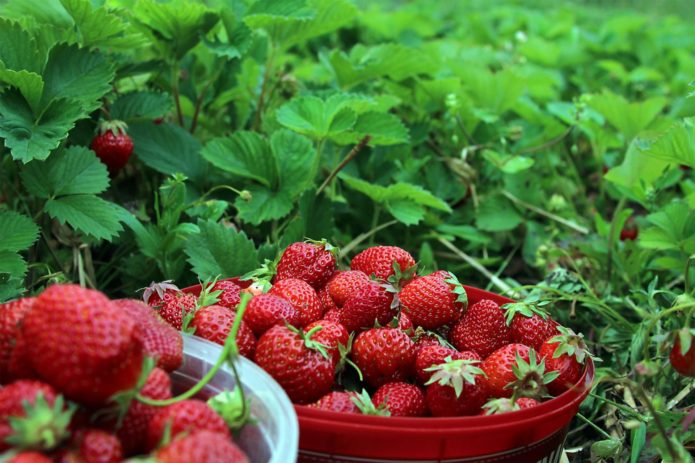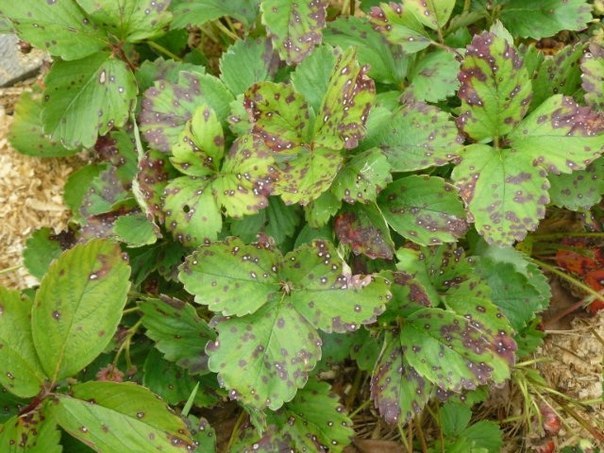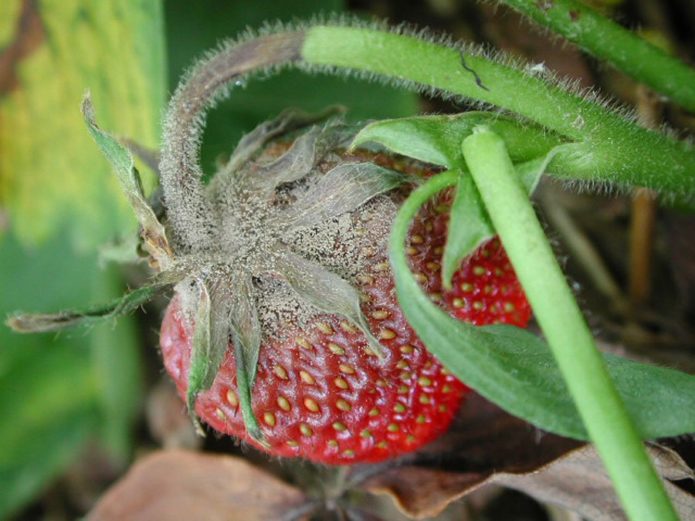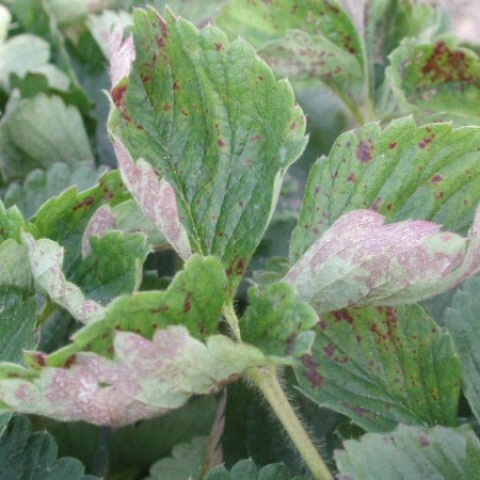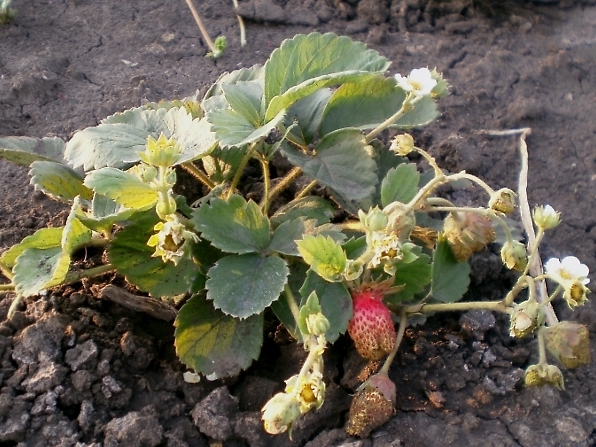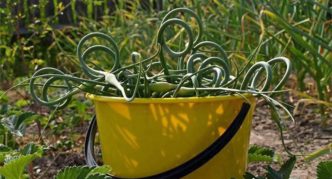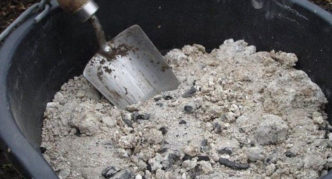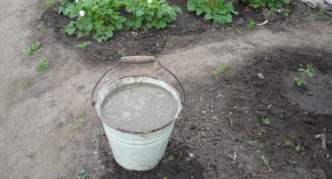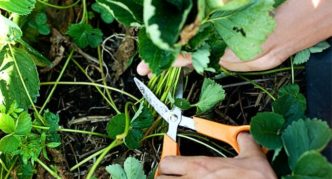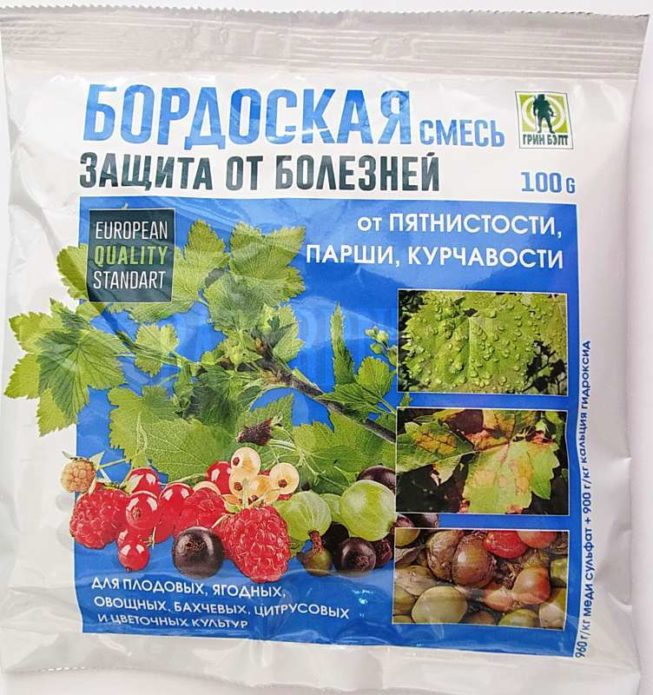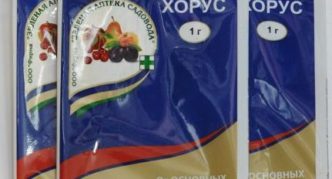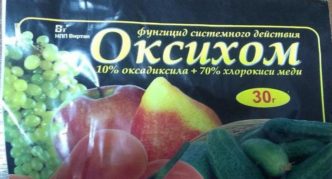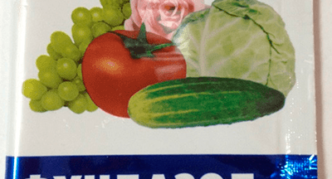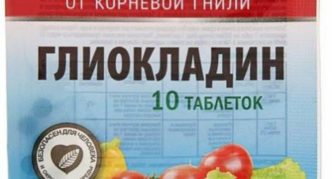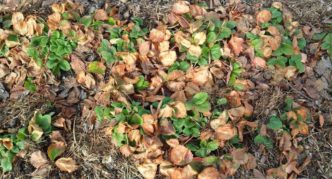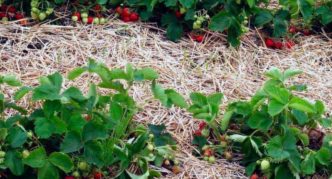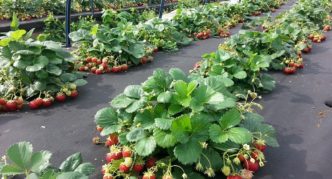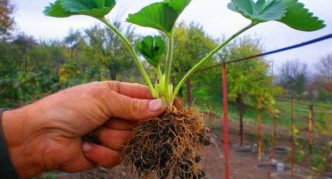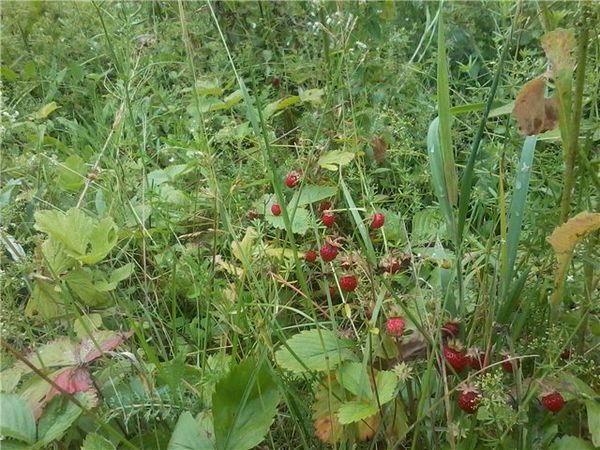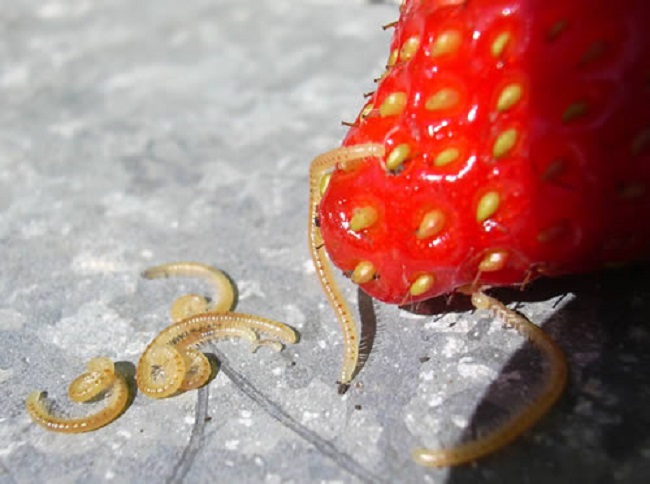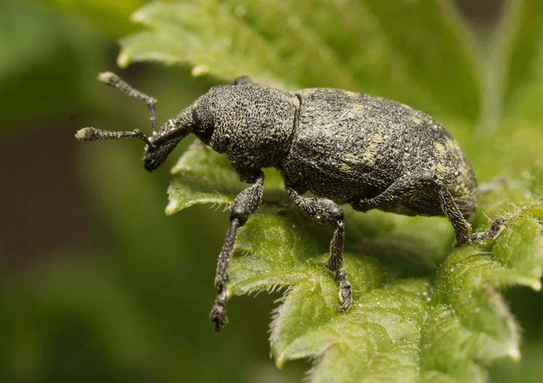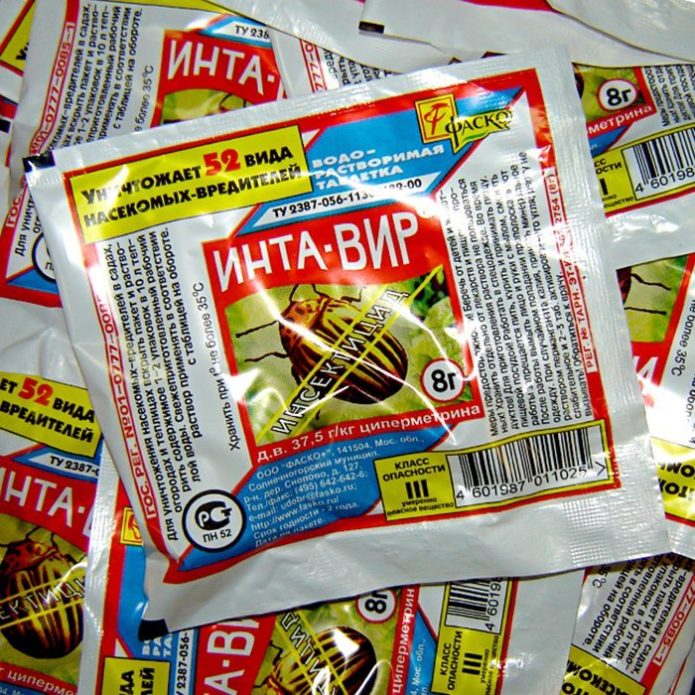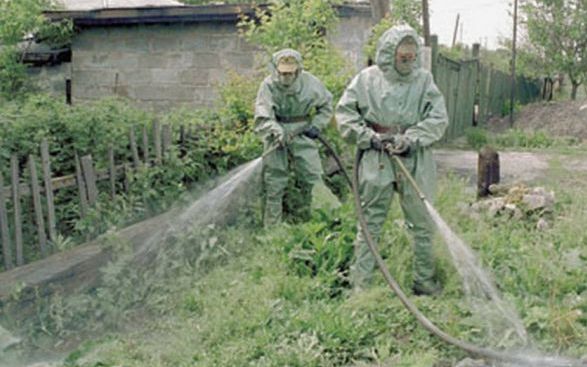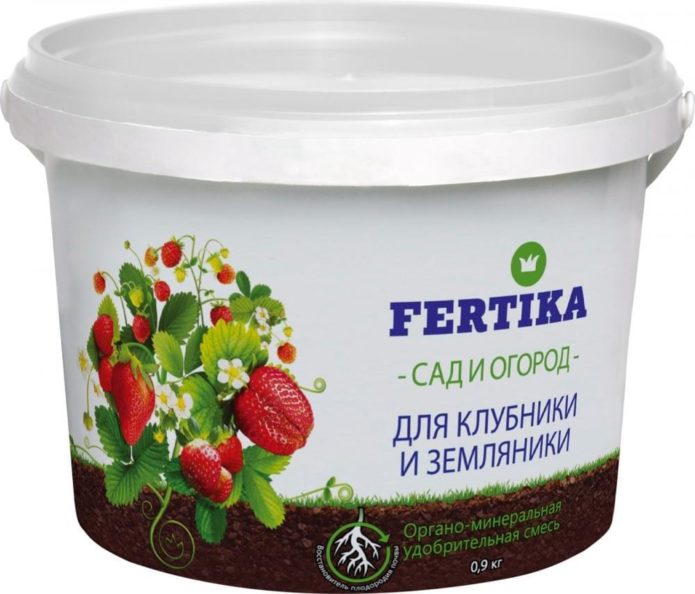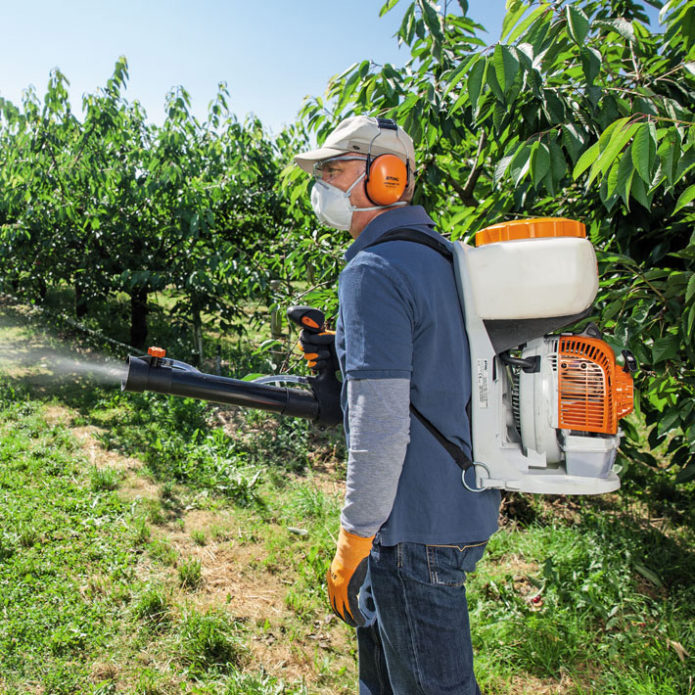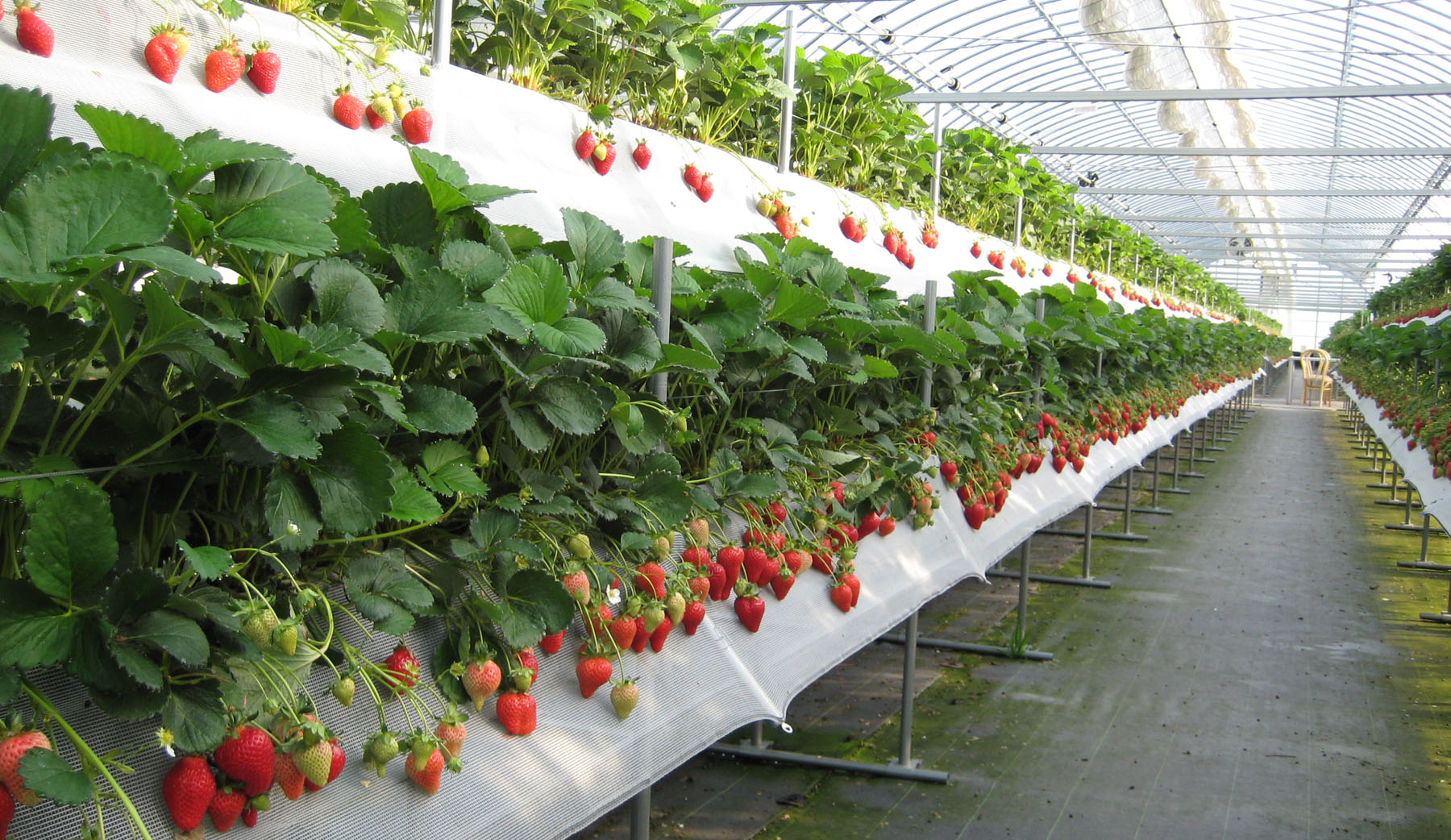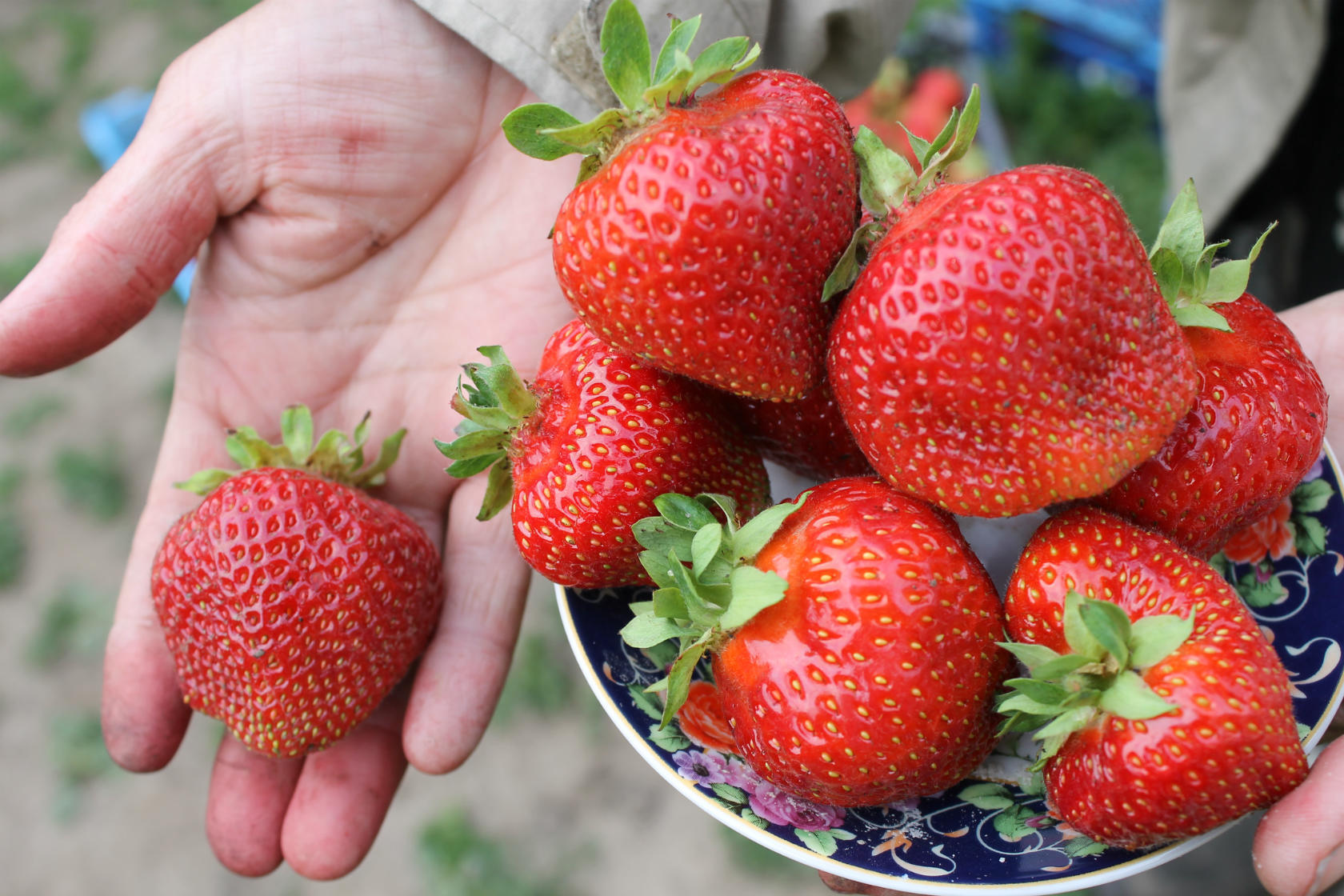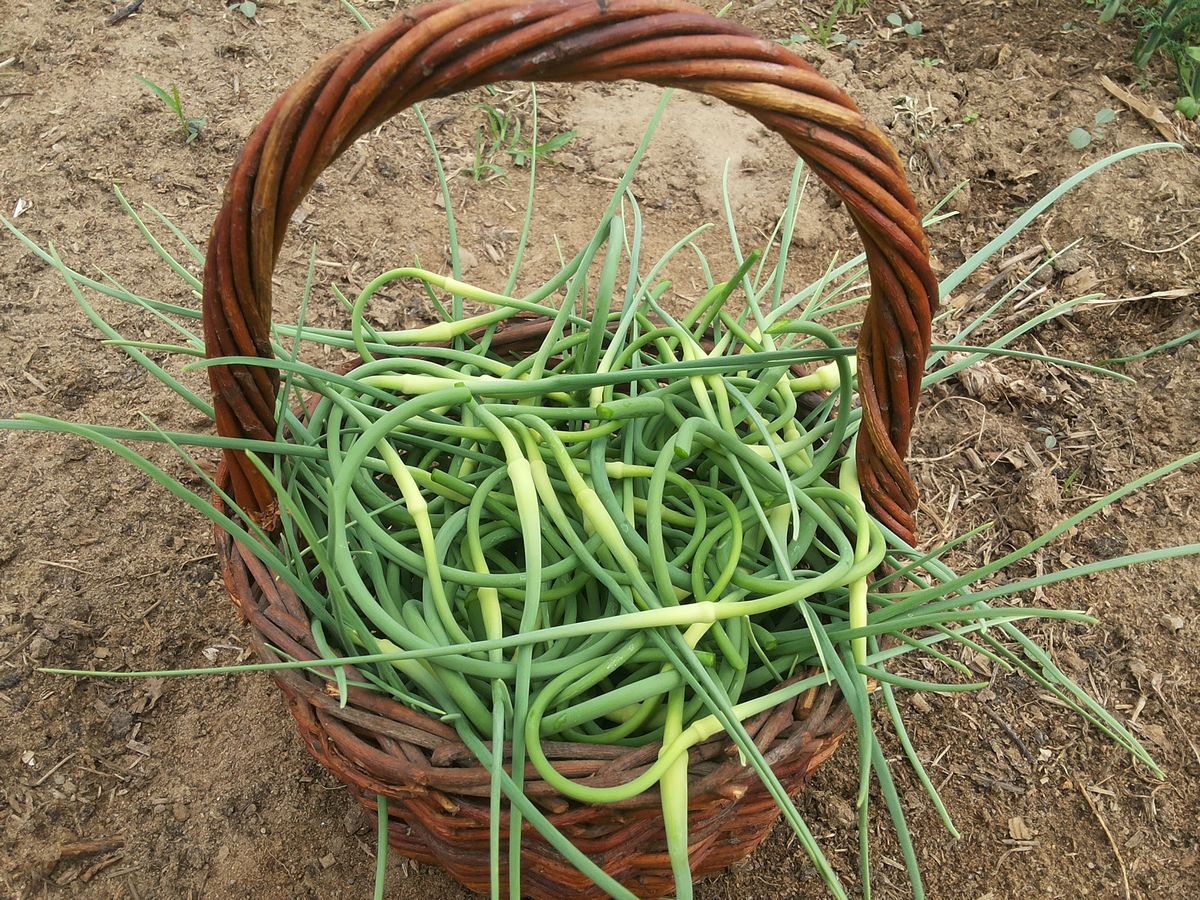The season of strawberry ripening, like a beautiful dream, awaits everyone - from small to large. The picture of sweet juicy berries attracts like a magnet. The harvest time comes, and suddenly, it turns out that the strawberry has failed: some of the fruits have been gnawed, fungal mold has developed on the sides of some, and the sun peeps out through the perforated leaves. The question involuntarily creeps in: is it really the rainy season to blame? But the neighbor's strawberry was in exactly the same weather conditions, and it grew up for a feast for everyone.
Content
Two whales in the protection of strawberries from enemies
Unfortunately, such strawberry metamorphosis is not uncommon. Especially in those gardens where a berry, opened after wintering, is released on free bread, believing that it will be born healthy anyway. But no matter how it is. Everyone loves care and maintenance, and the strawberry berry is no exception.
Without care, the culture weakens, is affected by specific diseases and becomes an easy prey for various insects: from a microscopic tick to a centimeter-long flower beetle weevil. Can you fight them effectively? Certainly! And it is not just possible, but necessary.
There are two whales to rely on in this matter:
- prevention of diseases and application of preventive measures against pests;
- treatment of an already begun process.
Moreover, as you know, it is always more difficult to treat than to prevent. And, if there is a possibility of treatment to avoid, then you must certainly use it. If you cannot do without drastic measures, then they must be carried out wisely and with caution.
Typical diseases of strawberries and methods of dealing with them
As you know, the best defense method is attack. Without attack tactics, the enemy, who has already come to the strawberry meadow, cannot be dealt with. But first, the enemy must be recognized by looking in his face.
Strawberry Disease Signs
Typical diseases of strawberries are gray and white rot, root rot, powdery mildew, brown and black spots, fusarium wilting.
Various types of rot and spotting come first. These diseases are indeed very common, especially under adverse conditions such as high humidity, excessive aridity, return frosts, putrefaction in the soil, and the absence of drainage from strawberry beds.Brown, white, brown, red spots and pimples grow rapidly, and the leaves themselves either rot or dry out and eventually fall off. If the disease catches the plant in the stage of flowering and bud formation, then the color falls off, and the berries are covered with a small putrefactive fluff.
Powdery mildew is another dangerous fungal disease of strawberries. High humidity is again named among the reasons. Brown bloom captures the entire aerial part of the plant, the leaves curl and acquire a purple hue and an unviable appearance. Pollination of female flowers in such conditions is significantly reduced, and the set fruits in an ugly way modify the shape, color and attractiveness.
Fusarium wilting can be caused by the proximity factor of strawberries to some vegetable crops susceptible to this disease: tomatoes, cucumbers, potatoes. Brown spots with necrotic edges capture the plant, the leaves of which lose their turgor, curl and eventually die off in a month and a half. Crop losses due to fusarium infection can range from 50 to 70%.
Spots, rot, dew, if they come to the plantation, they kill all the strawberries on the spot. They affect leaves, petioles, buds, roots. As a result, the plant loses all green mass, and the gardener loses all the harvest. Timely human intervention is simply vital.
Treatment with chemicals and folk remedies
Fungicidal preparations are used against all types of rot, brown spot and fusarium wilting: Euparen, Fundazol, Abiga Peak, Alirin B. Treatment with solutions is carried out in the form of spraying infected leaves. Fruits with signs of disease are removed mechanically and then burned. Such material is not suitable for replenishing the compost pit.
Strawberry growers should also stock up on Quadris. Its active ingredient azoxystrobin, getting on the affected parts of the plant, stops the supply of oxygen to the spores of fungi, forcing them to stop reproduction. The fungus dies off within an hour after treatment. The drug Quadris and its analogs are recommended to be used in the morning or evening hours so that neither burns nor rapid evaporation from the rays of the midday sun occurs.

The effectiveness of Quadris is based on the principle of blocking oxygen to fungal spores, as a result of which their reproduction stops
It is recommended to combine treatment with chemical preparations with processing by folk methods. The following have proven themselves well:
- 0.1% iodine solution (10 ml of iodine per 10 liters of water);
- infusion of garlic and onion, which can be prepared both from arrows and from plant heads at the rate of 1 kg of raw materials per bucket of water;
- infusion of mustard powder at the rate of 50 g of powder per bucket of water;
- 5% solution of potassium permanganate, popularly known as "potassium permanganate";
- wood ash in adequate proportions.
The frequency of treatment with fungicides or folk remedies depends on the degree of damage, but, as a rule, it cannot be less than two times.
There are also two radical methods of combating diseases used for severe fungal infections. If foliage is touched, then cutting it completely can help, for example, using a trimmer. After the procedure, seasonal feeding is required. If the plantation is affected by root rot, then the method of complete uprooting with further burning of hazardous material will be considered radical.
Photo gallery: chemicals and folk methods in the fight for strawberries
- From garlic and onion peels, you can prepare an infusion used to disinfect strawberries
- Ash added to the soil increases the immunity of strawberries to a number of diseases
- Feeding strawberries with mineral fertilizers is the most important element of care
- Pruning infected foliage can prevent the spread of the disease
Table of fungicidal preparations for strawberries
Fungicides are chemical preparations that have a detrimental effect on the fungus itself, its spores and mycelium. There are classic products that have been used by gardeners for many years. There are new generation formulas released under recognizable brands. To date, so many of them have been produced that there should be no problem finding the right fungicide for your site for a particular plant. 2-3 names should always be in the medicine cabinet of any gardener.
Commonly Recommended Fungicides for Strawberry Protection - Table
| Name | Cooking method | Act |
| Classical fungicides | ||
| Colloidal sulfur | 100 g per 10 liters of water. At air temperatures above +270Sulfur is not used, because the plant can get burned. | Spraying the leaves protects against powdery mildew, spider mites, and other insects. |
| Bordeaux mix | It contains lime mixture and copper sulfate. 1 liter of 1% solution per 10 sq. m. | Bordeaux liquid eliminates scab, spotting, and some types of rot. In hot weather, plants cannot be sprayed - they can burn out. |
| Copper sulfate (copper sulfate) | 5 g per 10 liters of water. Only morning or evening spraying. | Affects the mycelium of the fungus. It is especially necessary on low-humus sandy or drained soils. |
| inkstone (ferrous sulfate) | For foliar dressing: 10 g per 10 liters of water. | Fights spotting and pests. Can be added to compost at the rate of 100 g per 10 kg of organic matter. |
| Hom, Oxyhom | Preparations based on copper oxychloride. Diluted at the rate of 20 g per 10 liters of water. | Penetrating into the spores of fungi, the drug helps to eliminate them. |
| Fundazol | 10 g per 10 liters of water. | A universal fungicide to combat many plant diseases in all climatic zones. |
| New generation fungicides | ||
| Quadris | 5 ml for 10 liters of water. Often used in combination with other fungicides. | The azoxystrobin contained in the drug stops the supply of oxygen to the spores of the fungi - the fungus dies. |
| Horus | 3 g per 10 liters of water. For spring use only. | Has a penetrating contact action against various types of rot, scab, moniliosis. Safe for bees. |
| Abiga Peak | 1 spoon of pasta in 3 liters of water | By interacting with fungal spores, the drug releases active copper, which inhibits fungal tissue. Effective against bacterial and fungal diseases. |
| Alirin B | 2 tab. for 10 liters of water | Has a destructive effect on white and gray rot, powdery mildew, septoria, rust fungi. Safe for animals and bees. |
| Vectra | 0.3 ml per 1 liter of water | The drug has a therapeutic effect on plants affected by the fungus. Keeps on plants for 12-15 days. |
| Glyocladin | 1–4 tablets are placed in the soil at the time of planting the seedling. | The biological product treats all types of root rot. |
| Maksim | 1 ampoule (2 ml) for 1-2 liters of water. The diluted drug should be used within 24 hours. | It is used to treat fusarium, mold, root rot. Suitable for soil disinfection and seed dressing. |
Photo gallery: fungicidal preparations
- Horus has a penetrating contact action against various types of rot, scab, moniliosis
- Oxyhom, a preparation based on copper oxychloride, is diluted at the rate of 20 g per 10 liters of water
- Fundazol is a versatile fungicide for combating many plant diseases in all climatic zones
- Glyocladin affects all types of root rot
Preventive actions
Treatment for fungus or spotting may not be necessary if the plants are properly cared for. It is not difficult, but nevertheless takes time and effort. The main preventive points are reduced to the following rules and recommendations:
- When processing strawberries in spring, it is necessary to remove all dried and non-viable specimens, remove the old mulch, since harmful inhabitants could overwinter in it. Healthy bushes should be loosened, weeded, fed with phosphorus-potassium vitamins and mulched with fresh straw or peat again.
- Excessive thickening of the bushes should not be allowed throughout the growing season. The norm is one rosette for 18–20 cm of area in one row and 30 cm between rows.
- Before planting young seedlings in the ground, check them for the integrity of the structure and for the absence of diseases and pests. In no case should the affected plant parts be thrown into the compost heap. All defective and unhealthy material is burned.
- When creating a new strawberry plantation, you should make sure that the site has not previously been planted with nightshade crops, the soil from under which is capable of accumulating its specific diseases and passing them on to subsequent plants, even if they are not related. This measure will save you from further possible troubles, such as root rot, verticillary wilting, spotting.
- Strawberry beds should be arranged in an elevated area with good water drains, so as not to create excessive dampness, which can not only soak the roots and foliage, but also contribute to the development of all kinds of rot.
- In the aisles of strawberries, planting of phintocidal plants, often referred to as "natural antibiotics", is encouraged: onions, garlic, mustard, and aromatic herbs.
- Carry out preventive spraying with fungicides at least three times per season: in early spring, before flowering and after fruiting.
Photo gallery: preventive measures for growing healthy strawberries
- In the spring, after removing the shelter, dry leaves from strawberries must be removed
- The best materials for mulching strawberries are straw, peat and sawdust.
- In the industrial growing method, spunbond is used as mulch.
- Before planting a seedling in the ground, you need to make sure that its leaves are intact and the roots are healthy
Strawberry pests and control
The main factors causing the appearance of pests on strawberries are:
- lack of vitamin and mineral nutrition;
- high humidity;
- poor wintering conditions;
- an abundance of weeds;
- lack of crop rotation.
Only by eliminating all these weak links can the healthy development of plants be guaranteed. Who are the enemies? You need to know them by sight.
Strawberry pests
The main strawberry pest is called the nematode worm. They are stem, root and floral. These microscopic creatures of a light brown hue, if they start, they will destroy everything in their path - after all, they are able to reproduce offspring up to 8 times per season.
The penny slobber, another strawberry pest, manifests itself as a thick foamy spit on foliage or stalk. The insect belongs to the class of cicadas. An adult 1 to 1.5 cm long is clearly visible on the surface. Slobber appears from high humidity, hibernates in the soil.
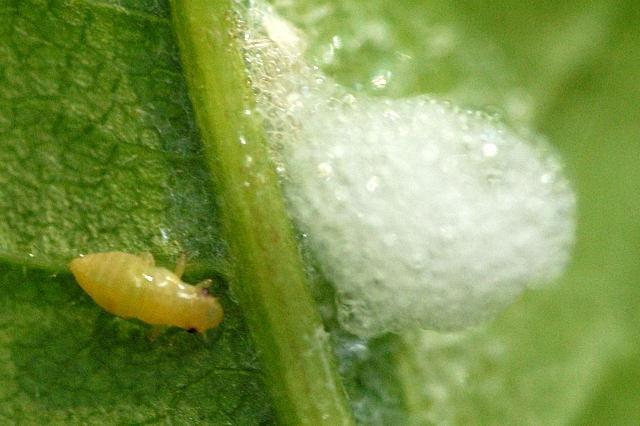
The penny slobber manifests itself as a trace in the form of a thick foamy spit on the foliage or petiole
Strawberry-raspberry weevil and spider mite are considered no less dangerous. The female weevil gnaws the buds and lays eggs there. Lives both in raspberries and strawberries. And the spider mite settles more often on the back of the sheet, where it creates its houses from the cobweb.
Control and prevention measures
It is very important not to miss the initial period of infection of the berry by nematodes, ticks, weevils or slobberies. If veins on the leaf plates have become noticeable, if the leaf has changed color from green to yellow, if there is a slow development of the plant, if a cobweb or drooling traces appear, then it is necessary to sound the alarm and save the plantation.
In this case, it is imperative to use insecticides, which, along with fungicides, must be in the gardener's first-aid kit. Of the universal insecticides and acaricides used for a long time in horticulture, Inta-Vir, Karbofos, Phosphamide can be called. Other well-known insecticides that have proven themselves well are Aktellik, Aktofit, Aktara, Vertimek, Iskra, Komandor, Fitoverm, Fufanon. The use of insecticides is recommended to alternate with treatment with sulfur and copper-containing preparations, which harden and give immunity to the plant from diseases and pests.
Before arranging a strawberry plantation, it is advisable to carry out a fumigation process on the soil with the help of special toxic substances. Penetrating into the soil in the form of vapors and smoke, they have a destructive effect on weed seeds, nematode larvae and other underground evil spirits. Preparations for fumigation: Phosphine, Vidat Nematocid, Dimethoate. The procedure can only be carried out by certified workers in the chemical or agricultural industry.
All top dressing is carried out with a preventive purpose. Plants need nitrogen mixtures, phosphorus-potassium, copper-iron, and magnesium-sulfur formulas. The first feeding is nitrogen-potassium-phosphorus. It is carried out in early spring, immediately after the strawberries are freed from their winter shelter. The vitamin mixture is designed to give an impetus to the correct development of a culture with a set of green mass and the formation of an ovary. The second feeding is carried out before flowering. The third is after the harvest. The fourth and fifth - according to individual indications.
From folk remedies, watering with onion and garlic husks, infusion of tansy, dandelions, tobacco, mustard or wormwood are widely used. Marigolds and lupins are called an excellent neighbor for strawberries.
Personal safety measures when carrying out dressings and treatments
Chemical treatment is not as harmless as it might seem at first glance. With careless movements, a person may experience burns, lacrimation, allergic rashes, itchy skin, baldness. And this is even despite the fact that most of the newest drugs today are declared safe for humans, bees, animals and fish. Poisons - they are just poisons to shoot when no one expects it.
Therefore, the most important rules when working with toxic drugs, which include fungicides, insecticides, acaricides, herbicides and even mineral complexes in high doses, are as follows:
- It is possible to prepare solutions and spray only in special clothes made of rubberized fabric. It includes: an apron, boots, oversleeves, gloves, headdress. The respiratory tract should be protected by a respirator or a 6-layer gauze bandage.
- Before preparing mixtures and solutions, it is necessary to carefully study and follow the instructions from the manufacturer for compliance with personal safety rules.
- An increase in the concentration of a substance, the presence of flammable substances or catalysts for a chemical reaction, the presence of children and animals at the workplace are not allowed.
- It is forbidden to use expired chemicals.preparations, throw away their remains or packaging from under them into the bushes or reservoirs.
- Work with highly toxic drugs can only be carried out in the presence of certified specialists in the chemical or agricultural industry.
Strawberries in terms of growing and protecting from diseases and pests - the culture is not so difficult. The main thing is to carry out all the work according to the schedule, without delaying either spraying, fertilizing or harvesting. With the elimination of all causes and prerequisites, the possibility of contracting diseases is reduced to zero. And if there is no illness - there is no reason to grieve about it.
